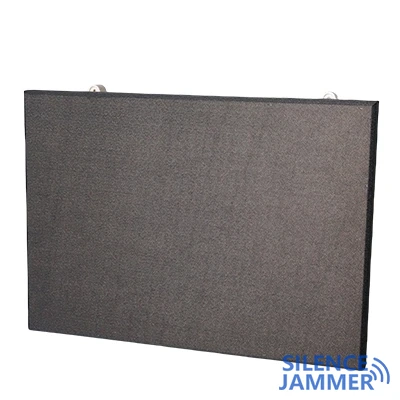Signal jammers: an important tool for protecting the modern battlefield
The U.S. Navy is using artificial intelligence (AI) as a key means to improve the performance of its electronic warfare tools, especially in countering improvised explosive devices (IEDs) and unmanned aerial vehicles (UAVs). Airmen at Joint Base Langley-Eustis, Virginia, recently demonstrated the capabilities of the JCREW system currently used by the U.S. military during a force protection combat exercise. This system has become a core tool for the U.S. Navy, Air Force and its international partners. JCREW, or the Joint Counter-Radio Controlled Improvised Explosive Device Electronic Warfare System, is designed to protect warfighters from IED and drone threats by establishing a protective barrier in the electronic spectrum.
The JCREW Increment One Block One (I1B1) system reached full operational capability last year, indicating that its performance on the actual battlefield has been highly recognized by the military. The system, manufactured by Northrop Grumman, has three configuration options: vehicle-mounted, detachable and fixed-site, which flexibly meets the needs of different combat environments.

Artificial intelligence-enabled signal jammer
Officials from the Naval Sea Systems Command said that the JCREW system has been able to achieve remarkable results in the field of electronic warfare thanks to its open-architecture hardware design, upgradeable software and firmware, and a complete government-owned technical data package. These features enable the system to be continuously updated and enhanced as technology develops, maintaining its competitiveness on the battlefield.
At the recent Surface Navy Association Annual Symposium, Captain Jon Haase, program manager for expeditionary missions, particularly emphasized the potential for the application of artificial intelligence in these electronic warfare tools. He pointed out that artificial intelligence can greatly improve the reaction speed and resource allocation efficiency of signal jammer blocker. Specifically, Haase believes that artificial intelligence can help the JCREW system respond to threats in near real time, which is particularly important in the electronic spectrum because threats often change at a very fast speed.
Haase further explained that this technology is similar to the automation system in air traffic control. If each air traffic controller had to manually plot the route of each aircraft and track its speed and position, the workload would be huge, and an automated system could greatly simplify the process. Similarly, with the assistance of artificial intelligence, the JCREW system can more accurately identify and process the most threatening signals, thereby optimizing the use of its hardware and software resources.
In addition, Hasse also mentioned a JCREW-related anti-drone system-DRAKE (Restricted Access to Drones Using Known Electronic Warfare). DRAKE shares the same hardware foundation as JCREW, but focuses on dealing with drone threats. Since the JCREW system is a software-defined system, when the need for anti-drone arises, the Navy can quickly use JCREW hardware to develop the DRAKE system. By introducing artificial intelligence, the DRAKE system has been significantly improved in latency, system performance and reliability, and can be installed and used on ships, providing a reliable anti-drone protection circle for maritime combat forces.
Future Development of Signal Jammers: Technological Advances and Battlefield Applications
In short, artificial intelligence is becoming an important driving force for the development of naval electronic warfare systems, not only improving the performance of existing equipment, but also opening up new possibilities for future military technology development. Advances in these systems will not only help protect the safety of warfighters, but will also provide the joint force with better situational awareness, enabling it to maintain technological advantages in complex and changing battlefield environments.




